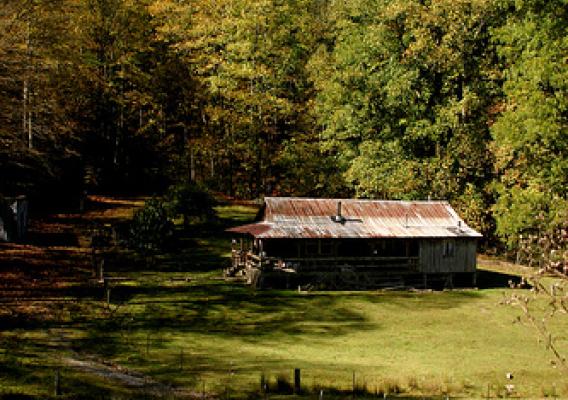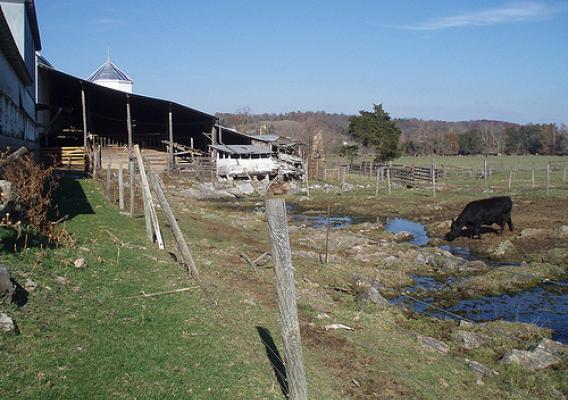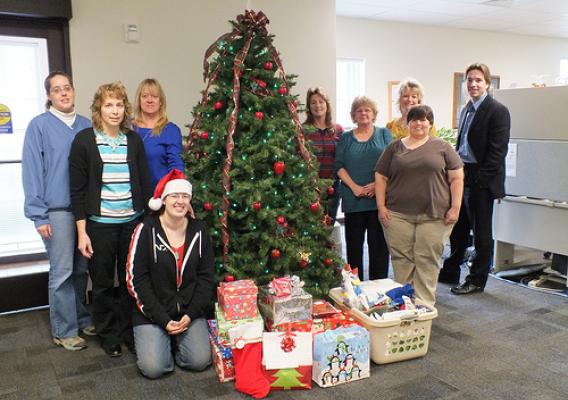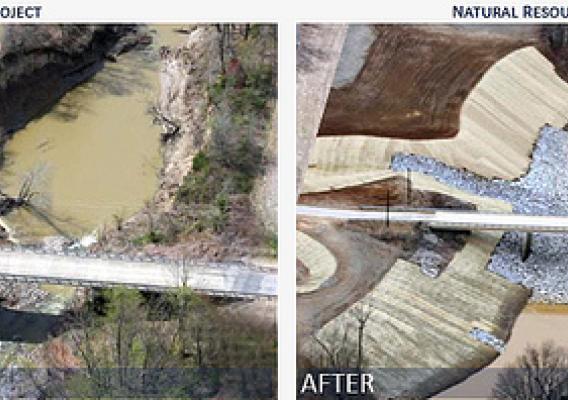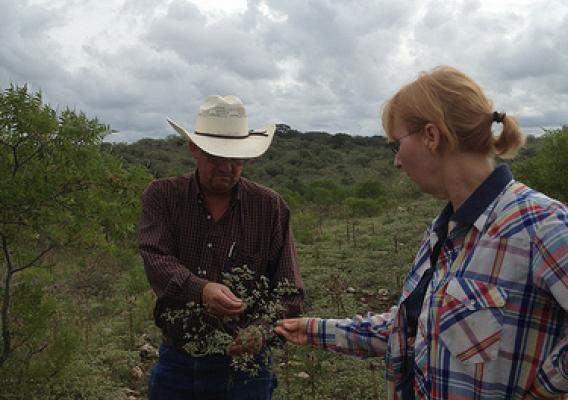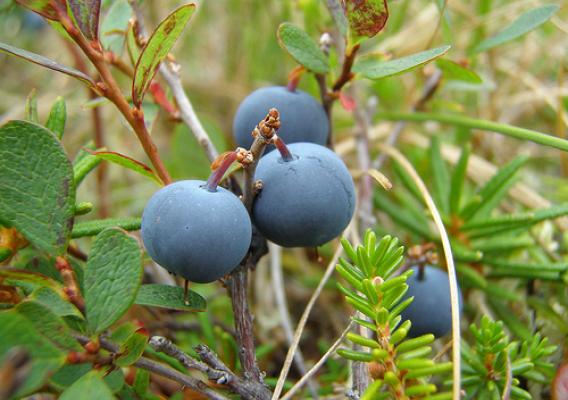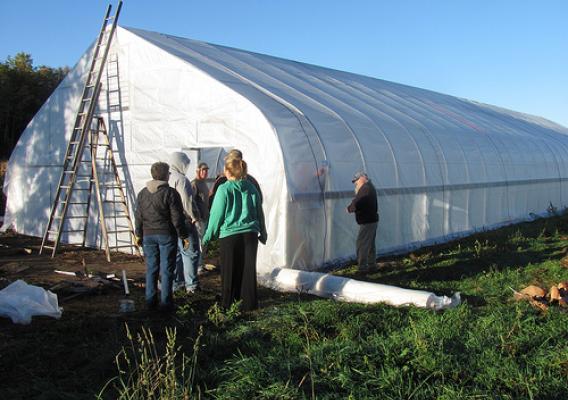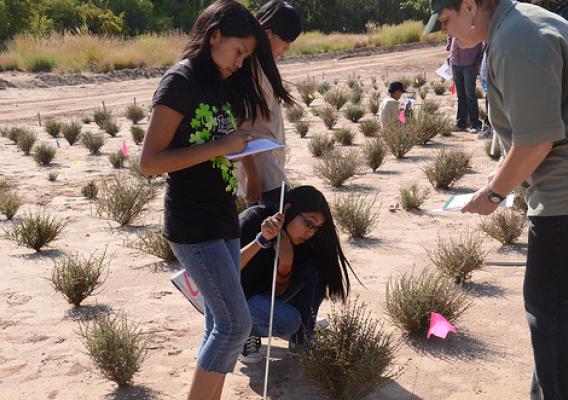The Rapid City, South Dakota, service center includes staff from Natural Resources Conservation Service (NRCS), Farm Service Agency (FSA), Rural Development (RD) and Pennington County Conservation District. Three years ago, the Rural Development staff contacted the Cornerstone Rescue Mission and WAVI (Working Against Violence, Inc.) to provide information on various programs. At that time, the USDA staff decided to forgo the typical interoffice gift exchange and set up the first Angel tree. The first two years, the staff provided gifts to the families seeking assistance from WAVI.
Every year, the Rapid City Club for Boys finds sponsors to provide a Christmas for a family who would otherwise be unable to celebrate the holiday. This year, the group decided to sponsor a family of six. The second to the youngest, is a 7-year old boy who lives with four sisters and his mother, and is a member of the Club for Boys.
The children’s mom works at a minimum wage job and is a full-time student in college. The children range in age from 5 – 18, and the family budget is very limited making it difficult to make ends meet.

